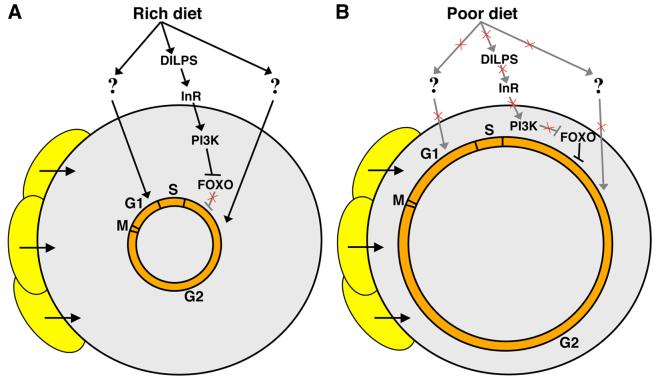Figure 6. A model describing how diet regulates GSC division in parallel to niche signals.
Multiple signals act in parallel and independently of the niche to regulate the response of GSCs to diet. (A) On a rich diet, neural DILPs directly activate the insulin receptor on GSCs to stimulate PI3K activity, repression of dFOXO, and faster progression through G2, while another diet-controlled signal(s) regulates G1 progression. (B) On a poor diet, reduced insulin signaling results in dFOXO activation, which in turn represses progression through the G2 phase. In addition, regulation by redundant diet-dependent signals ensures that cell cycle progression through both G1 and G2 remains slow when nutritional inputs are limited.

